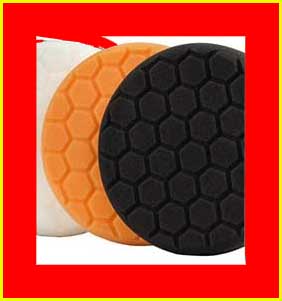SoloBird
Click here to upgrade
- Reaction score
- 8
- Thunderbird Year
- 1957
I pulled the valve covers off my 57' TB restoration project and can see some years of gunk in the lifters & rockers, but they do not look too bad. . I want to clean this area all out but what is the best way to do this without pulling the lifters and everything out?
One old guy was telling me to use a de-greaser on it then take a pressure washer and hose it all out, followed by adding diesel fuel with an oil mixture to run through the motor then drained.
I do not think I want to blast water in the lifters and motor and so forth.. I was thinking of using brake cleaner, wipe and clean the gunk out, then use a shop vac to vacuum what I can, then another oil change drain. your thoughts and suggestions?

One old guy was telling me to use a de-greaser on it then take a pressure washer and hose it all out, followed by adding diesel fuel with an oil mixture to run through the motor then drained.
I do not think I want to blast water in the lifters and motor and so forth.. I was thinking of using brake cleaner, wipe and clean the gunk out, then use a shop vac to vacuum what I can, then another oil change drain. your thoughts and suggestions?

This page contains affiliate links for which I may be compensated. As an eBay Partner, and Amazon Associate I may be compensated if you make a purchase at no cost to you.
Last edited by a moderator:






